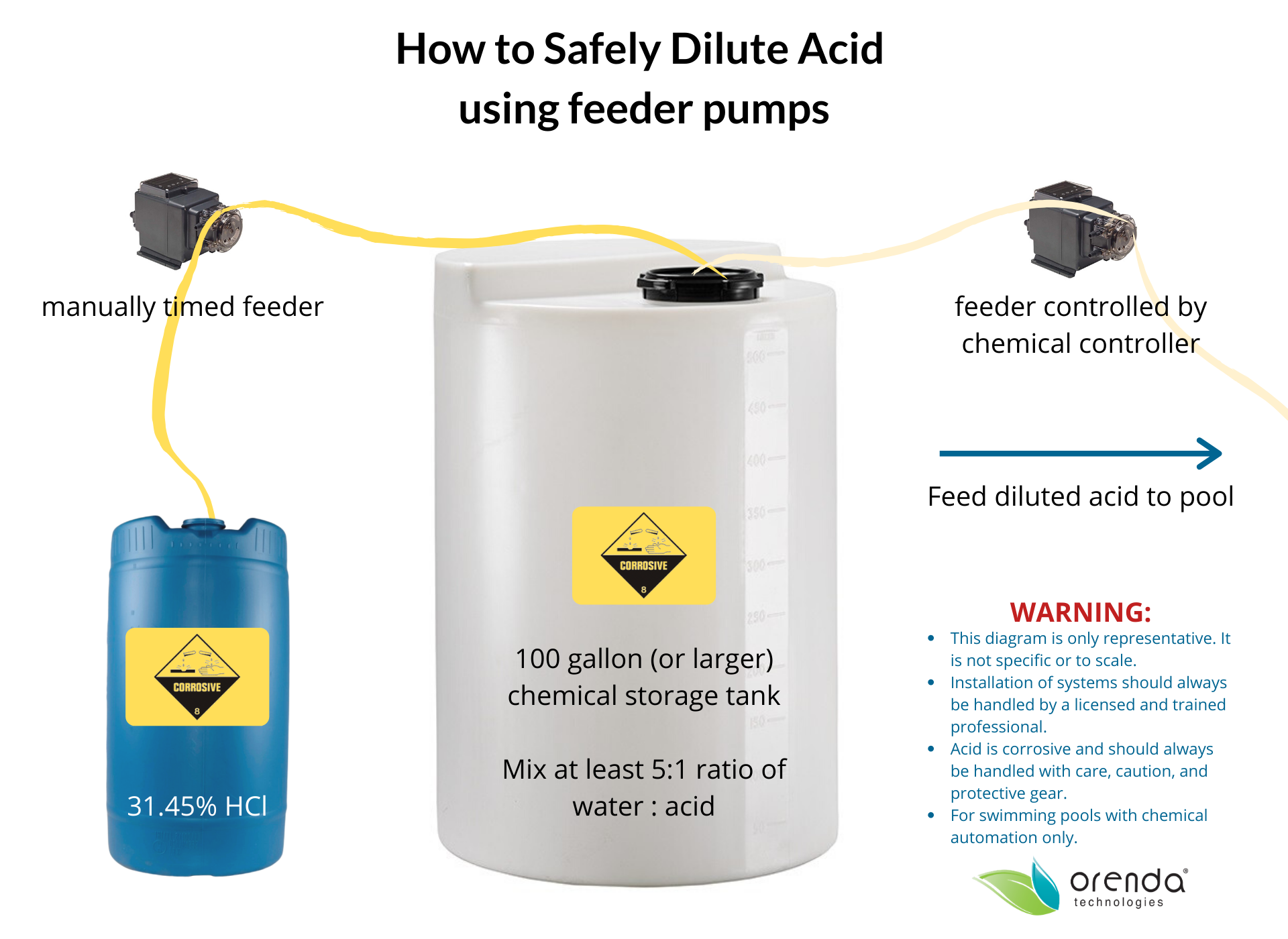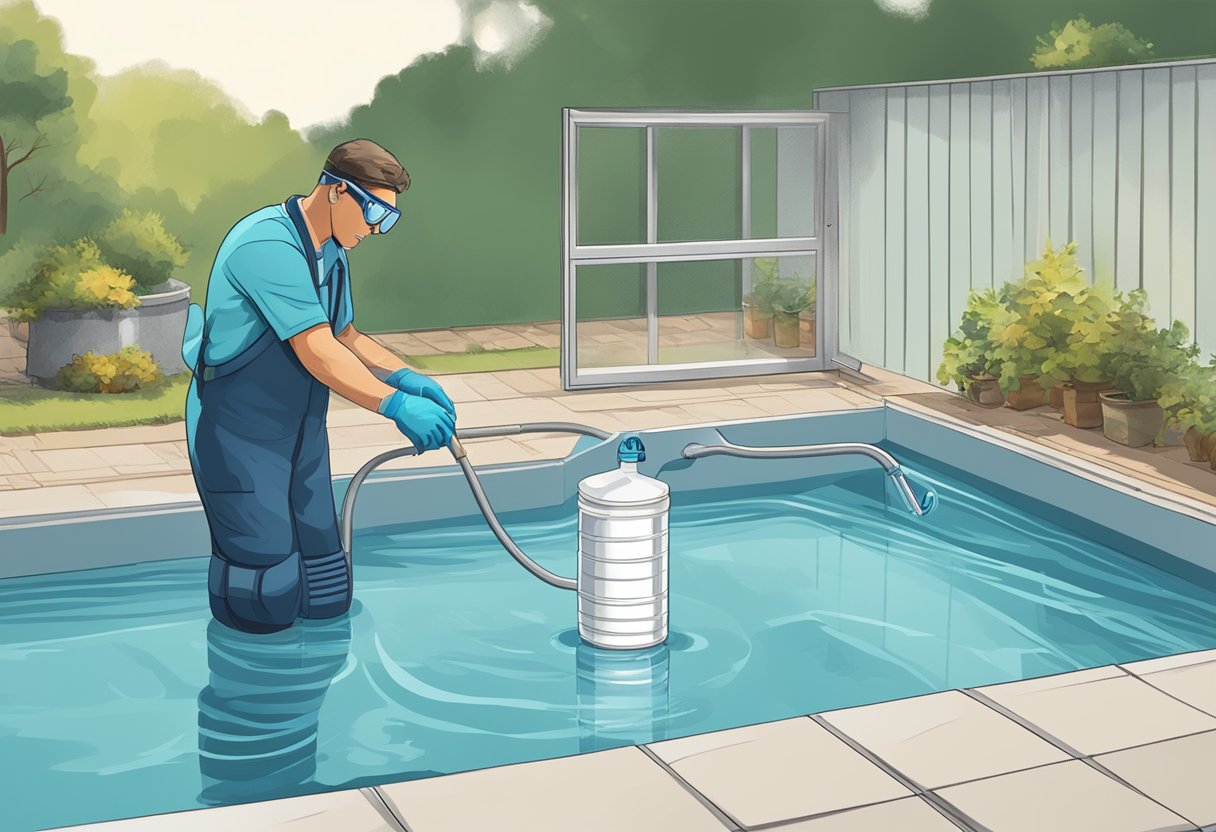Okay, let me walk you through what I did the other day with my pool. The alkalinity was creeping up, and the pH was definitely too high, making the water feel a bit… well, not quite right. So, it was time to bring out the muriatic acid.

Figuring Out the Pump Situation
Now, the big question I always used to wrestle with, and I see it pop up online a lot, is whether to have the pool pump on or off when you’re adding muriatic acid. I’ve heard different opinions over the years, but I’ve settled into a routine that works for me and seems to make the most sense for getting that acid mixed in properly.
My choice? I always, and I mean always, leave my pool pump running. Here’s my thinking: I want that acid to start mixing and diluting into the whole body of water as quickly as possible. If the pump is off, the acid, being heavier than water, can just sink to the bottom and sit there. That can be really bad for your pool surface, especially if you have a vinyl liner or a plaster pool – it can etch it or cause damage. No thanks!
My Step-by-Step Process
So, here’s how I went about it last time:
First up, safety gear. This stuff is serious, so I don’t mess around. I put on:
- My trusty rubber gloves – the thick ones that go up my arm a bit.
- Safety goggles. Not just glasses, but full goggles to protect my eyes from any splashes.
- An old long-sleeved shirt and old pants, just in case.
Then, I got my muriatic acid. I always check the dosage I need based on my pool volume and how much I need to lower the pH and alkalinity. I use a test kit first, obviously, to know my starting numbers.
With the pump definitely on and the water circulating, I headed over to the deep end of the pool. I prefer adding it there. Some folks like to pour it slowly in front of a return jet to get it caught in the current straight away, which is also a decent approach.
I opened the bottle of acid very carefully, making sure the opening was pointed away from my face. Wind direction is something to think about too; you don’t want fumes blowing back at you. I held the bottle close to the water surface – this is key to prevent splashing – and slowly poured the measured amount of acid into the pool. I didn’t just dump it all in one spot; I kind of moved along the side of the deep end a bit as I poured, trying to distribute it a little even as it went in.
Once all the acid was in, I just let the pump do its thing. I usually make sure the pump runs for at least 4 to 6 hours afterwards, sometimes even longer, just to ensure everything is completely circulated and mixed throughout the entire pool. This is super important. You don’t want pockets of concentrated acid.
Checking the Results
I waited until the next day to retest the water. You need to give it ample time for the acid to fully mix and react before you can get an accurate reading. And sure enough, the pH and alkalinity were down where I wanted them to be. The water started looking much better pretty quickly too.
So, that’s my method. Pump on is the way I go. It just feels safer for the pool surfaces and helps get the job done efficiently. It’s worked well for me for years now, and I haven’t had any issues with concentrated acid spots or anything like that. Just remember to be careful, wear your protective gear, and pour slowly!


